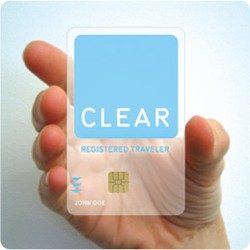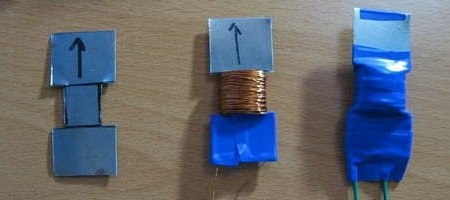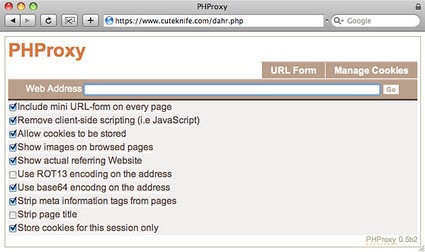
Security 101: Never put unencrypted sensitive information on a laptop and expect that it’s safe. Especially if you are the TSA. Recently, the TSA announced that a laptop was stolen from San Francisco International Airport containing “pre-enrollment records of approximately 33,000 customers” for the Clear Trusted Traveler Program. For $100 per year, the Clear Program enables travelers to get through airport security faster by showing TSA officers their Clear Registered Traveler Card and going through a special security line. While this program has no doubt saved many people valuable time getting through security, there are about 33,000 people who are now asking the question “Who has my personal information?”
[via schneier on security]
Edit: It looks like the laptop was found, however it is still unclear if the information on the laptop was compromised. In addition to basic personal information (Name, Address, Birthday, etc.), the laptop also contained drivers license, passport, green card information about clear users. You can check out the story here. Credits to [AudioCraz-Z] for the link.















